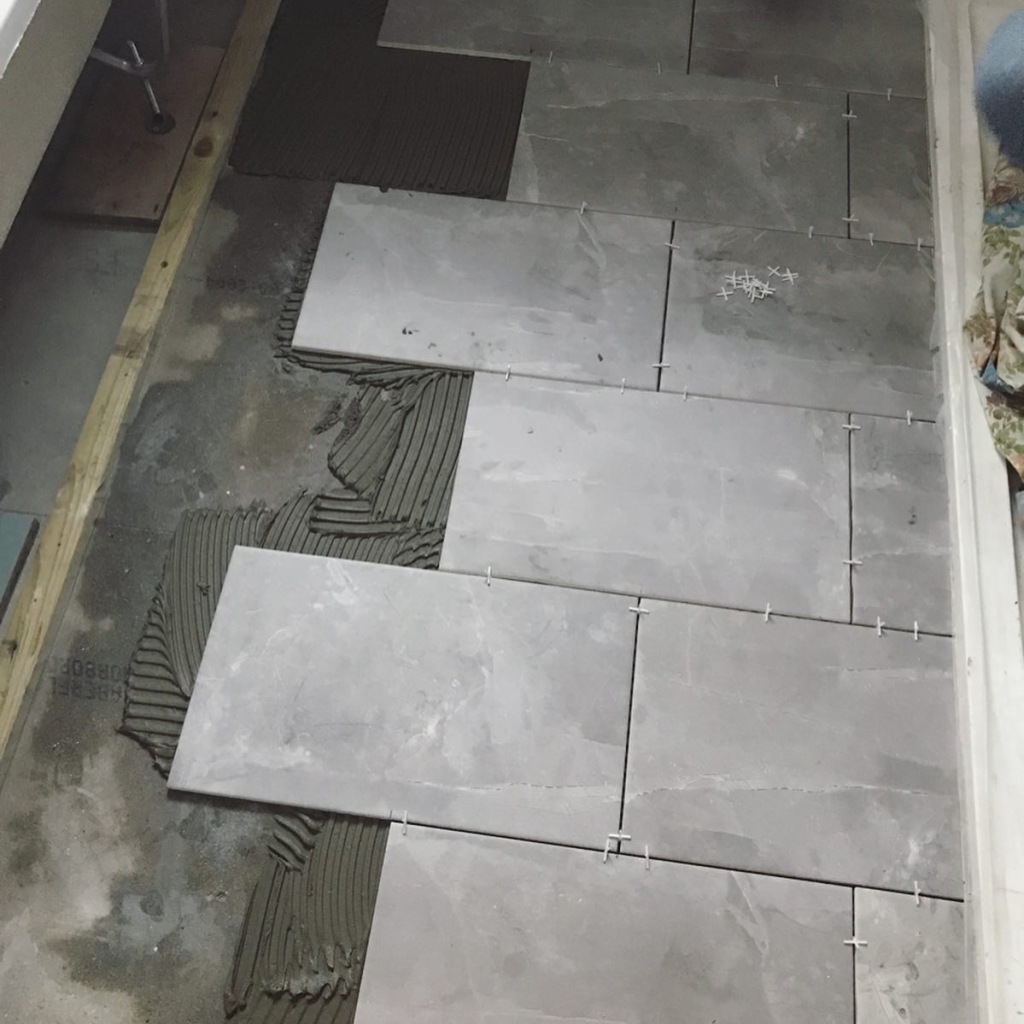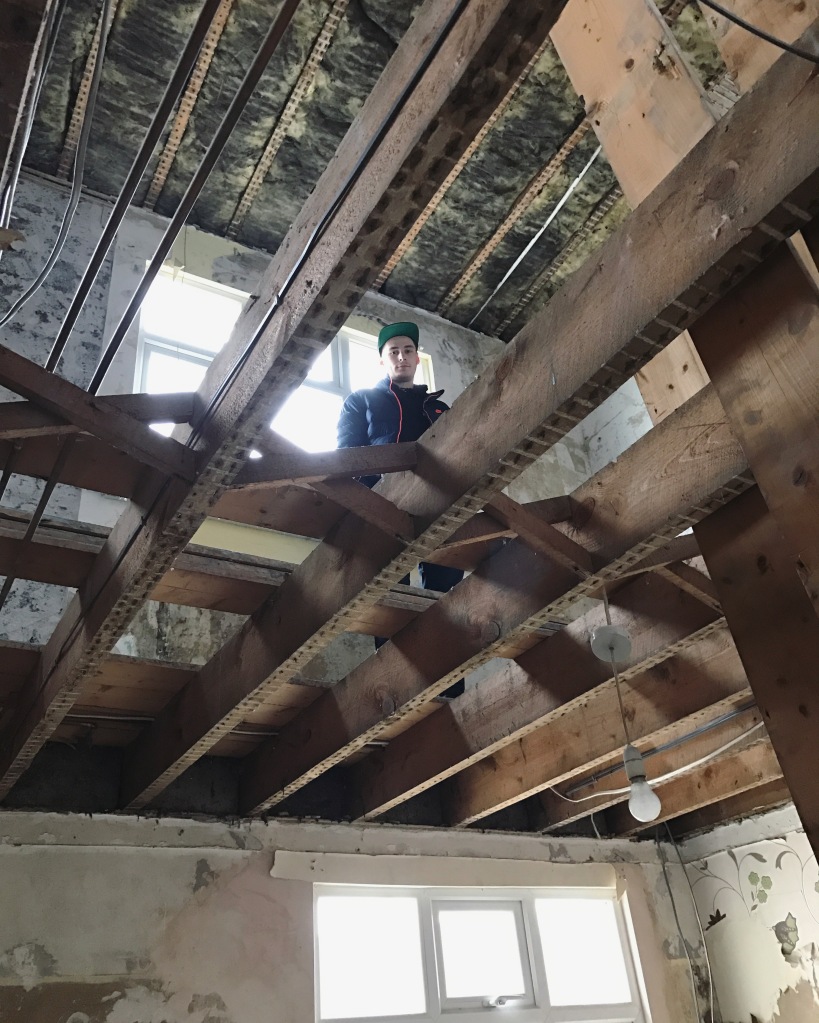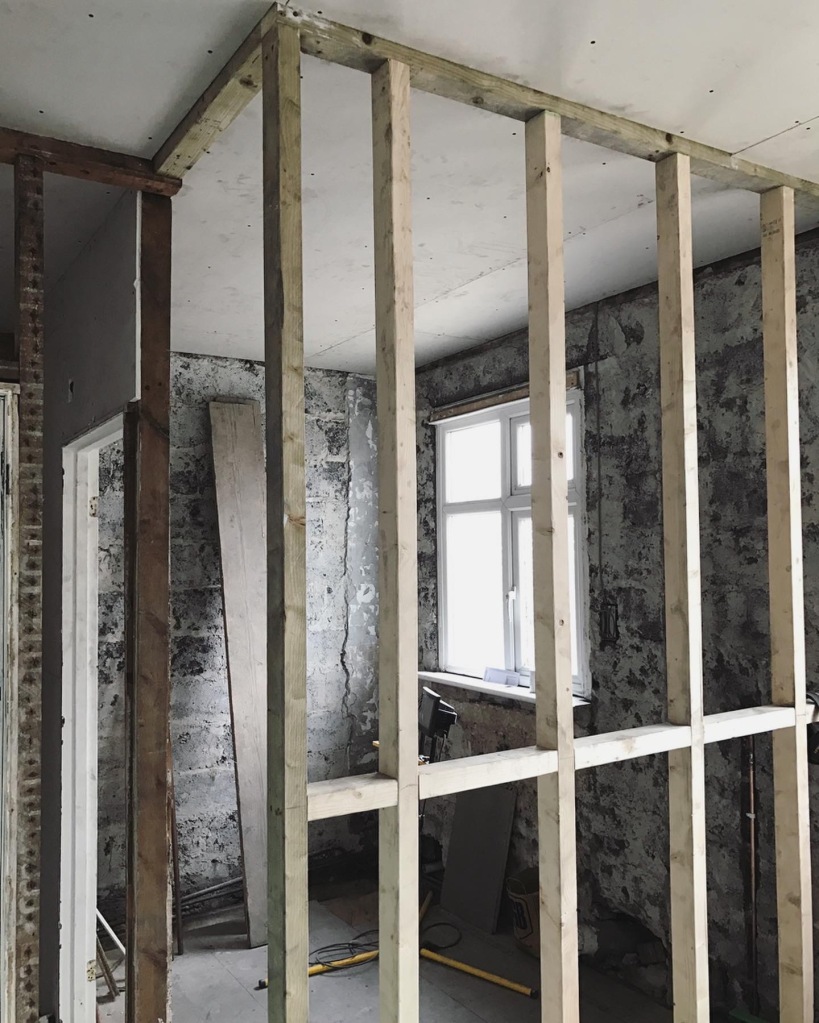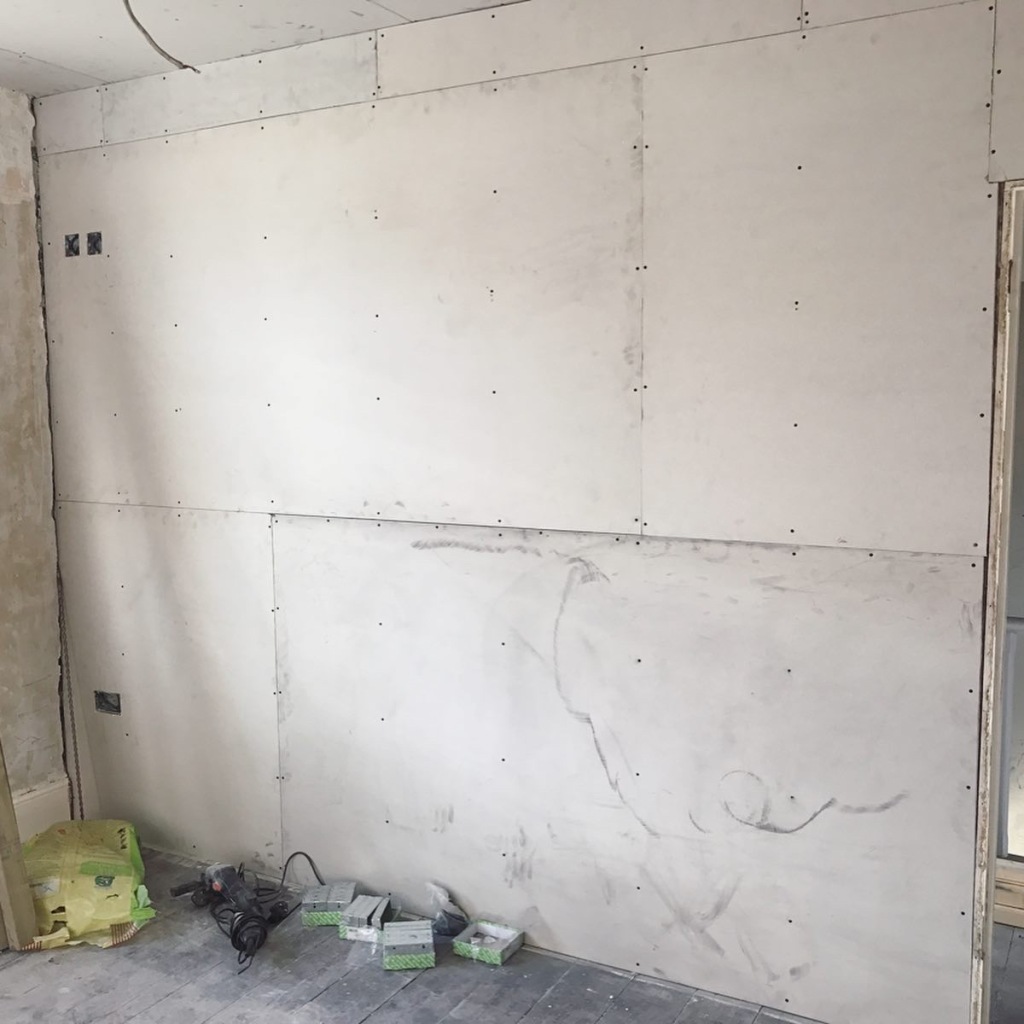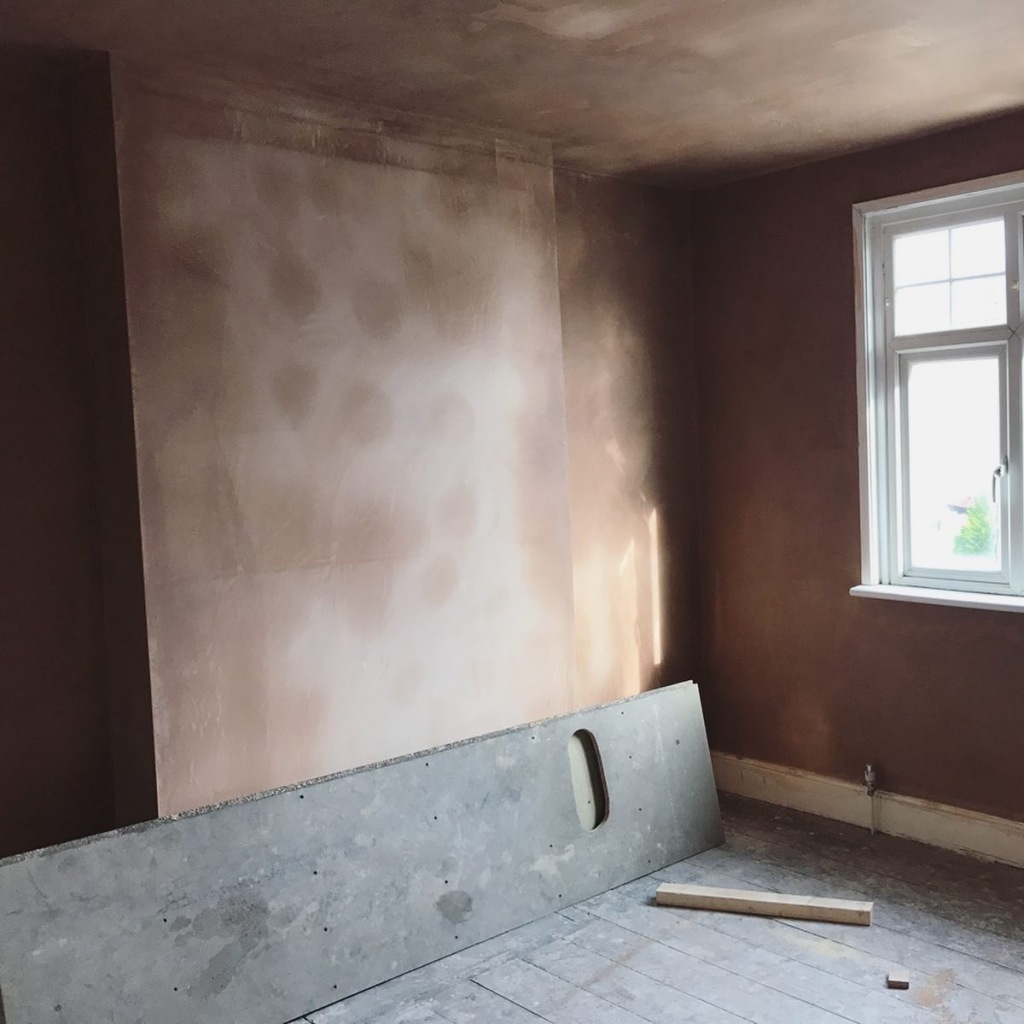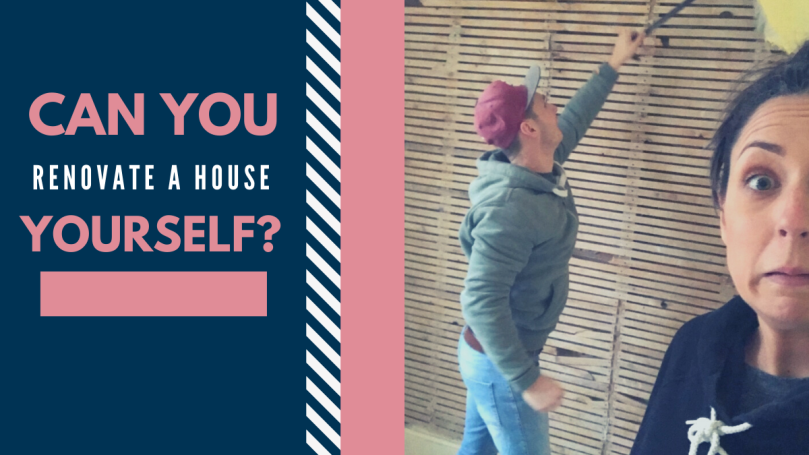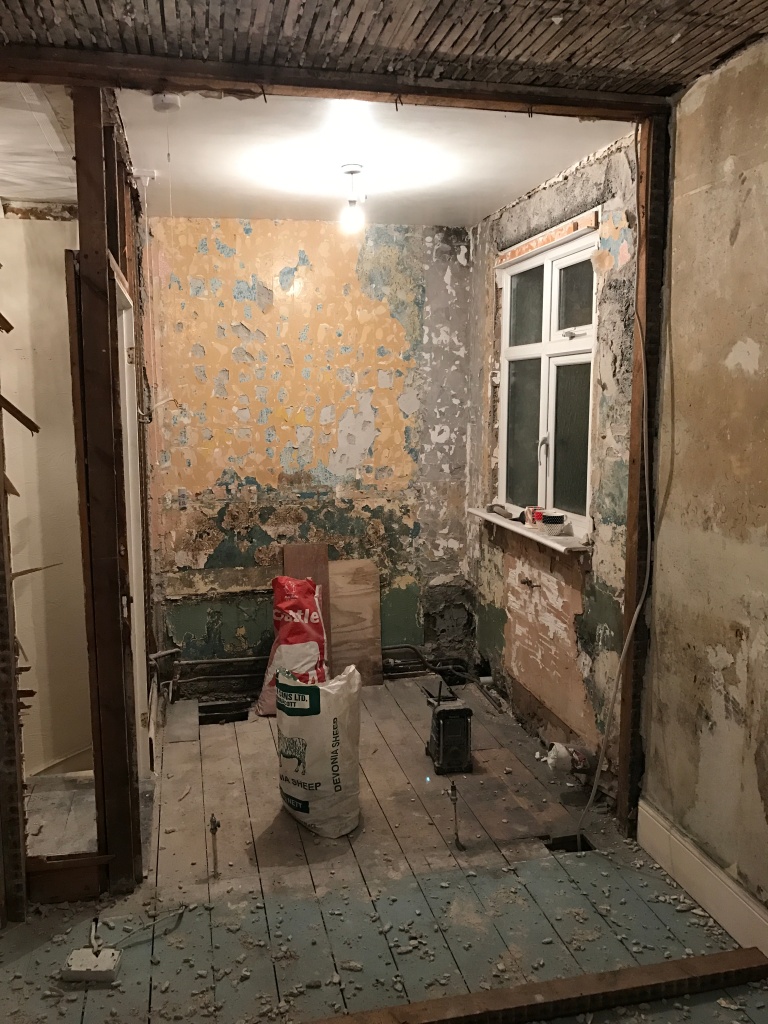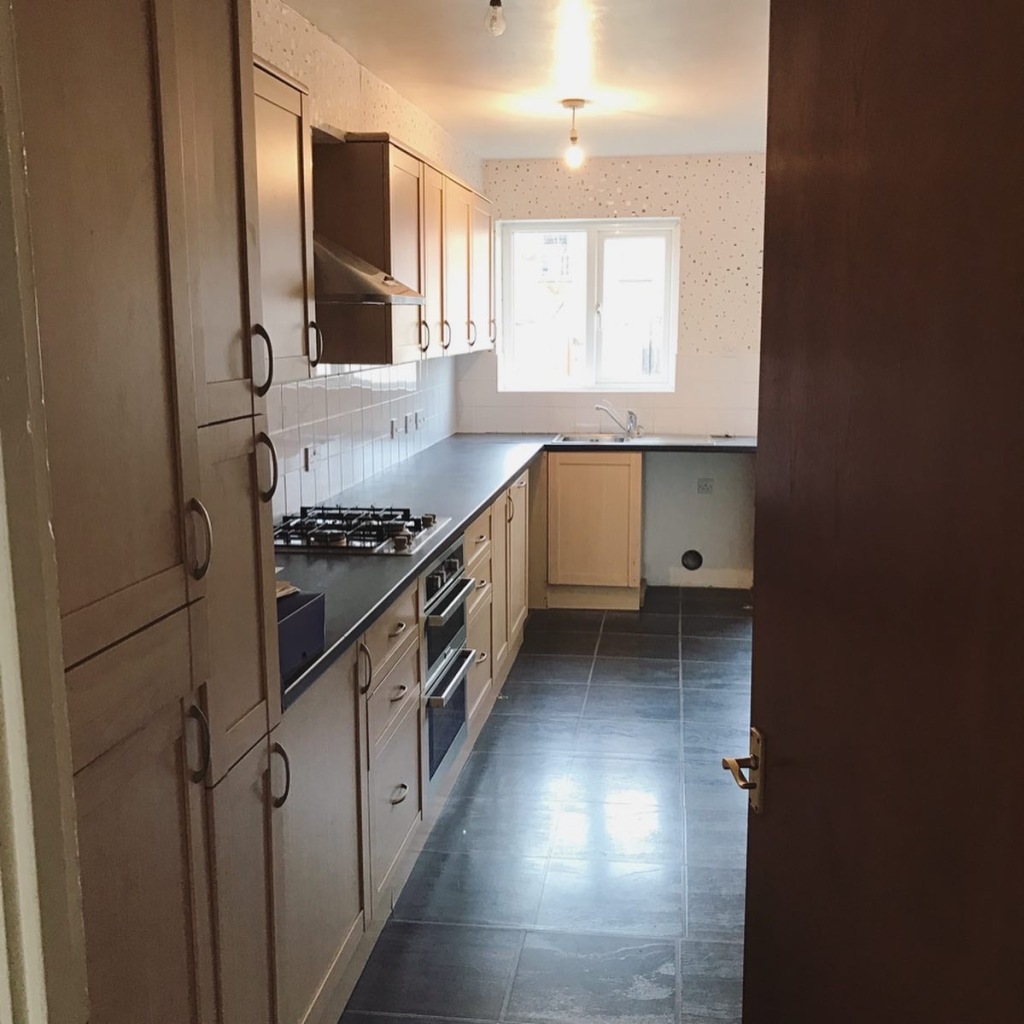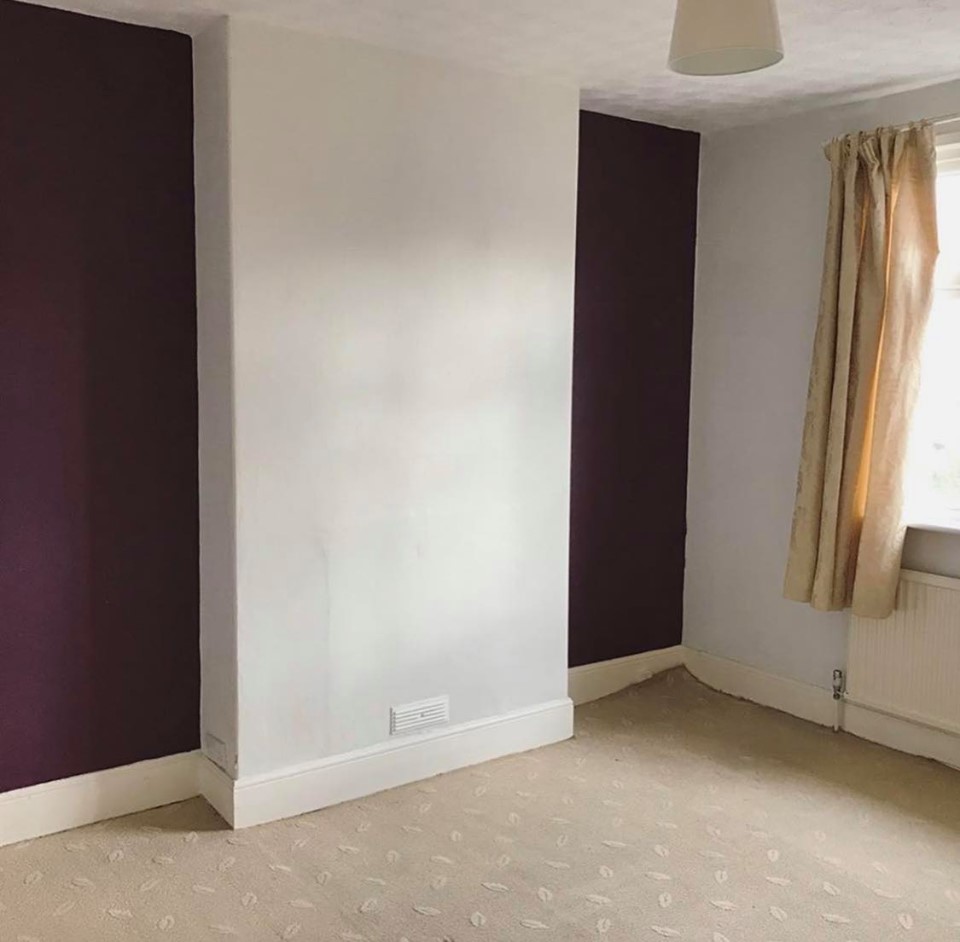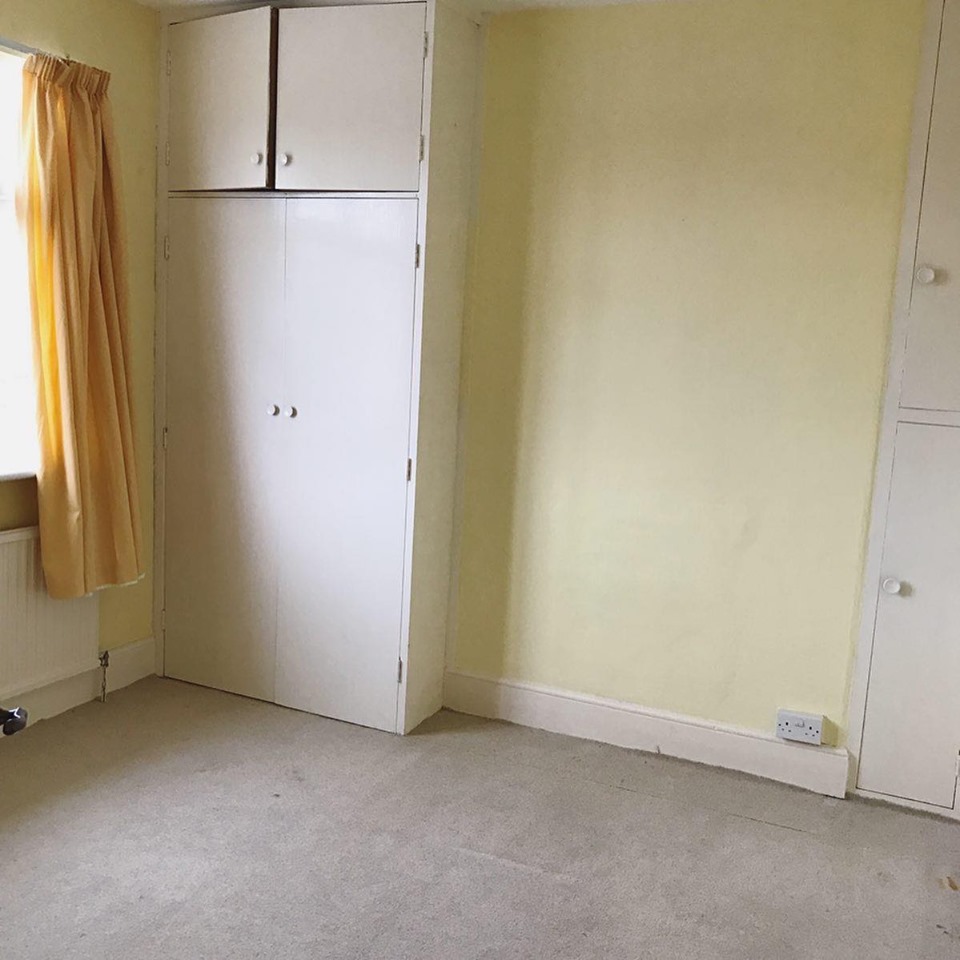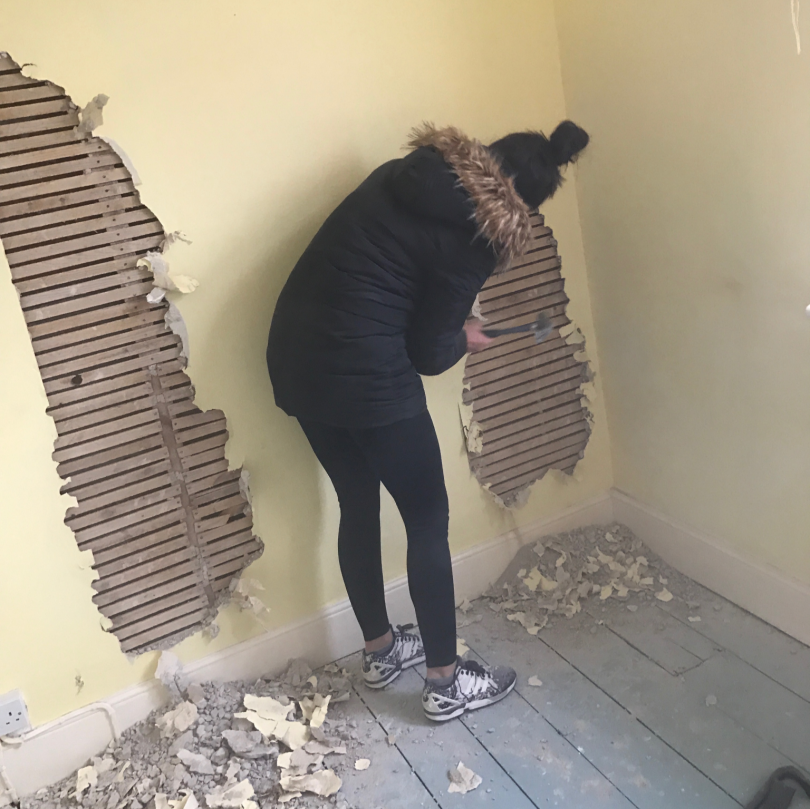At some point in your life you will probably find yourself asking – should I buy a new build or instead consider a renovation project?
Perhaps you’re a first time buyer unsure which option is right for you, or maybe you’re already a home owner undecided whether your second home should be a repeat of your initial decision or something different.

It’s not always an easy or obvious decision to make as you may not have an existing strong preference. Therefore, I have explored the pros and cons of both options in more detail below to assist with your decision making.
New Build – The Pros
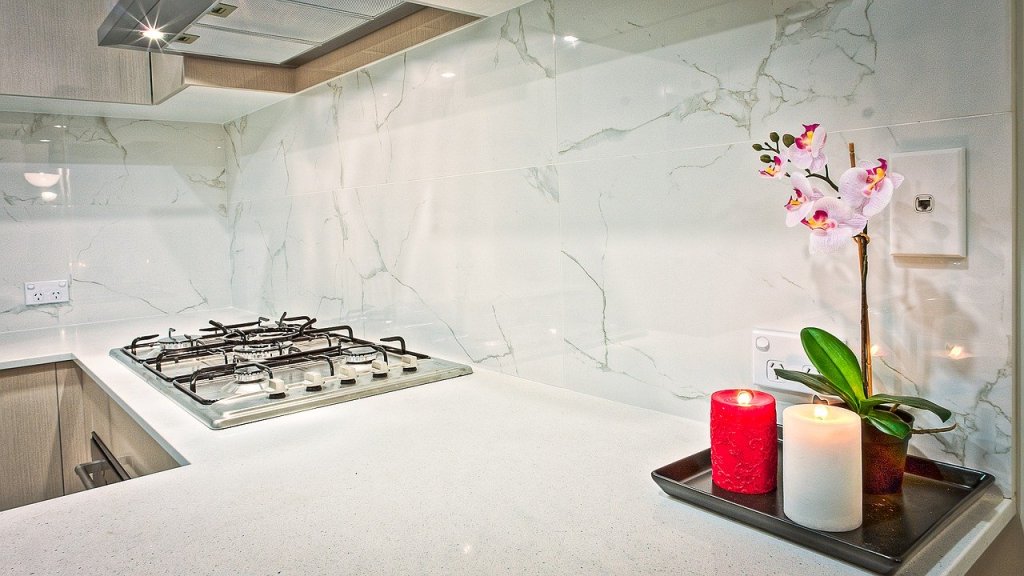
- Be the first to occupy the building! No previous owners or tenants to worry about meaning you can move straight in. It should also be left tidy and clean as the developers will have a vested interest in your satisfaction.
- No onward chains to complicate the house buying process – this is particularly appealing to first time buyers as the availability of the house being purchased is not dependant on another being sold.
- It’s brand new – everything will be fresh and clean ready to be lived in from the get go.
- Personal decor choices – during the build there will be opportunities to choose features such as your kitchen appliances, bathroom fittings and flooring options. The house will also be a blank canvas as most walls will be painted with a neutral palette.
- Everything will be modern and convenient – new build layouts are designed for modern living with open spaces.
- Built with today’s health and safety standards – often come with a builder’s guarantee to give you peace of mind.
Renovation – The Pros

- More solid and better built – older houses usually hold qualities that have been lost in modern designs.
- More spacious – while older houses are often made up of more separate rooms they do tend to be bigger in size with more floor space and storage.
- Personalisation of property – if you’re carrying out a full renovation then you can literally start from scratch and choose everything exactly as you want it (budget permitting)
- Hands on or hands off – you may feel up to the challenge of renovating yourself, but if you would rather not get messy, then it’s simple enough to find tradespeople to do the work for you! If you’re undecided whether you should renovate a house yourself or hire a professional then please read here for guidance.
- Character and charm – there’s no denying that period houses provide beautiful features that new builds don’t (but then I may be biased here!)
- Service charges are more manageable – if you’re considering buying a flat then the costs are often more affordable on older properties.
- Investment – older houses are usually better money makers as you can ‘add value’ with the renovations you carry out.
New build – The Cons
- They’re built quickly – and for this reason may not be as solid or stable as an older property.
- Snagging list – new builds usually present a number of issues such as settling in cracks which will need to be seen to after you’ve moved in.
- Can be approximately 20-25% more expensive – you’re often paying for the convenience and ‘newness’ of the property.
- Possibility for negative equity – there have been warnings regarding the government’s help to buy scheme so please be wary of this.
- High service charge – monthly fees for the upkeep of the glamourously designed buildings, gardens and parks are common and can be expensive. This can also cause issues when selling the property on.
- Location – new build developments may be squeezed into less desirable areas such as the outskirts of towns and cities with no nearby amenities.
- Pricey decor/appliances – buying your appliances via another source could prove to be much cheaper and will provide more options.
- Buying off plan – as your house is probably not built yet you will need to make a decision based on plans of how it should look and promises of the quality.
- Showrooms can be misleading – professionals that dress the rooms in a show home are very skilled at creating illusions of more space.
- Smaller rooms – in order to fit more houses on to a plot, due to investment purposes for the developer, rooms are usually smaller than older builds.
- Potential for delays – there is often a knock on effect during a development which may mean that your home takes much longer to build than anticipated.
Renovation – The Cons
- Damp, dark, dreary, and dated – older built houses in need of renovation are cheaper for a reason and you will need to deal with a variety of tasks in order to create a comfortable living space. Be prepared to have to see through this and imagine the potential!
- Planning permission needed for extensions – if you want to expand the current building then it is essential that you gain approval before going ahead to avoid any legal implications.
- Be careful about area and neighbours – ‘Buy the worst house on the best street’ is cracking advice for those looking to renovate.
- Building survey required – this is advised to ensure there are no issues (such as asbestos or Japanese Knotweed) which could cause you problems in future.
- Renovation work can be expensive and it is easy to go over budget – savings can get used up very quickly so it’s important to be realistic about how much you are able to spend.
- Lots of effort required – even if you’re having the work carried out by builders, renovation involves a lot of project management and potential stress so be warned! To see just what can be involved, take a look at our experience here.
- Alternative accommodation needed or live in and amongst the destruction! Not everyone is lucky enough to be able to move back in with their parents to be able to renovate before moving in, so it’s important to think about living arrangements, especially if you’re ripping out important parts of the home such as the kitchen and bathroom.
So, there you have it! A fairly in-depth look at the pros and cons of renovation and new builds. Yes, there are many factors to consider, such as time, finance, and taste, but there is no such thing as a wrong decision, as you will learn so much whichever route you take. However, the above should enable you to decide which option feels right for you based on your current circumstances.
I’d love to hear your preferences regarding buying a new build or a renovation project. Let me know in the comments below!









